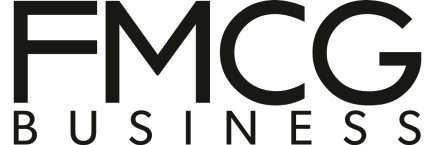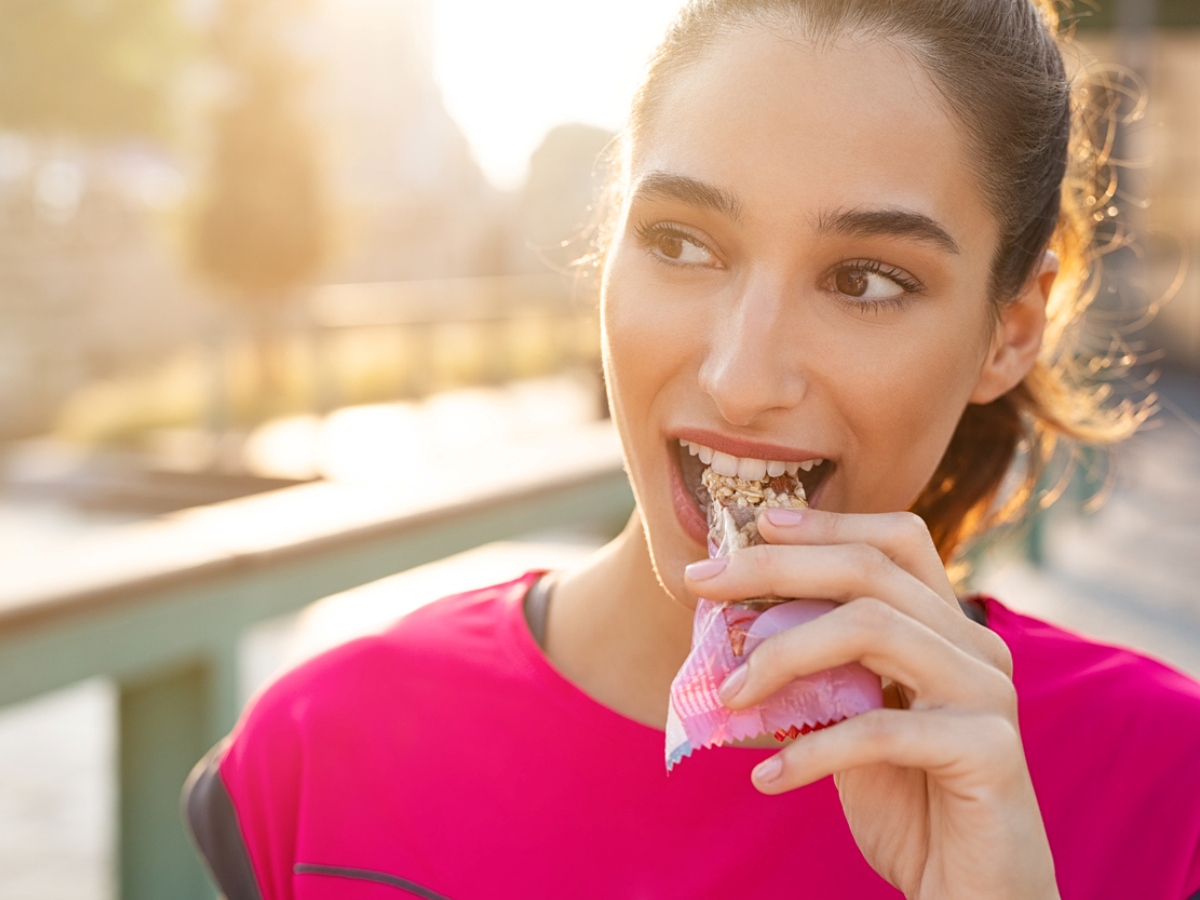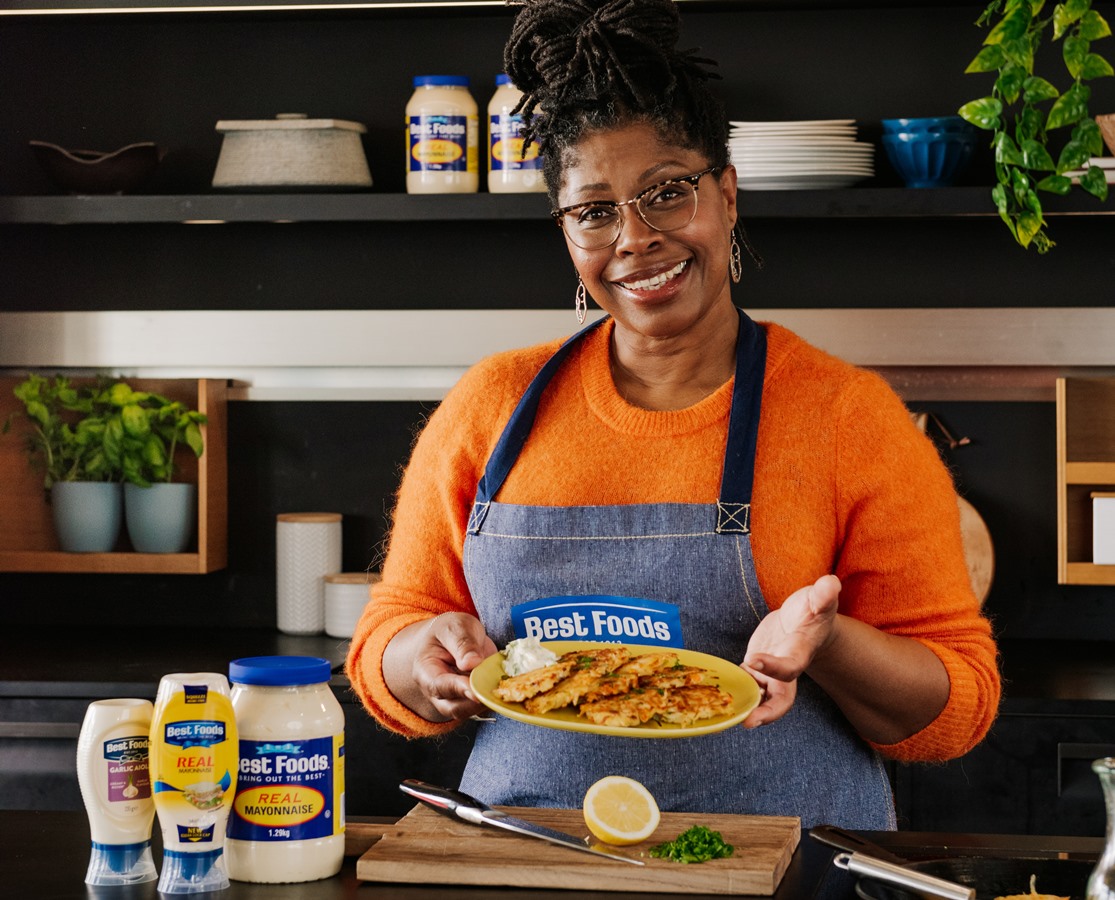There is no doubt that health and wellness is becoming a high priority for consumers, particularly in the context of the COVID-19 pandemic. There are some great examples of innovative wellness businesses playing in this space, but there are also a number of companies trying to make their current product offerings fit to capitalise on these trends. This is where “healthwashing” creeps in – the not so overt way of marketing a product in a healthy way, even though the product lacks real nutritional value.
There are several protections that New Zealand law and regulation provide against food producers engaging in such misleading marketing practices. The prohibition on unsubstantiated claims in the Fair Trading Act 1986 is a good catchall provision for products which lack real evidential support for the claims they are making. The Australia New Zealand Food Standards Codes go further, requiring that where any health claims are made which suggest or imply a health effect, then these must either fit within the prescribed category of permitted general level health claims set out in the Codes, or go through a rigorous process of substantiation to become a high level health claim (Standard 1.2.7). Any implication that the product is in any way therapeutic in nature is also prohibited (Standard 1.2.7-8).
While the Codes require you to have a prescribed name or a description that indicates the true nature of the food (Standard 1.2.2-2), sometimes this can be a difficult if your product transcends boundaries between cosmetics, supplemented foods and dietary supplements – such edible face masks, health drinks with collagen and detox shots for smoothies. Supplemented Foods (which come under the Supplemented Food Standard 2016), can advertise health benefits by making a health claim but again the relationship between the property of food and health effect must be substantiated and notified to the Ministry of Primary Industries.
However, just because a product doesn’t fall foul of these regulations, that doesn’t deem it to be a healthy product. For example, a claim that the product has “less than a teaspoon of sugar”, is “gluten free”, or “contains superfoods”, may still be nutritionally the same, or worse than a packet of potato chips. Online grocery shopping has also perhaps made it less likely that consumers will click through to read the nutritional information to counteract the hyperbole and eye catching “healthy” images.
Snacks have been an area rife with healthwashing in the past – as consumers look to snack for a nutritional boost, rather than just to curb hunger. However, genuinely healthy innovators are experimenting with more nutritionally dense ingredients for snacks such as chickpeas and quinoa.
When marketing snack foods to children, even more care must be taken. The Children’s and Young People’s Advertising Code, states that a special duty of care must be applied to the marketing of occasional food and beverage products to young people. However, the Code is voluntary and while it targets the more obvious unhealthy products, there can still be room for a certain amount of greenwashing of seemingly “good” products that don’t really stack up in overall nutritional value.
So buyer beware, healthwashing is still out there – but in todays environment it takes a clever eye and sound reading of nutritional labels to actually pick it out. If we have more food producers investing in truly healthy innovation, then perhaps healthwashing will become a thing of the past.
By Stephanie Hadley, Associate at James & Wells




